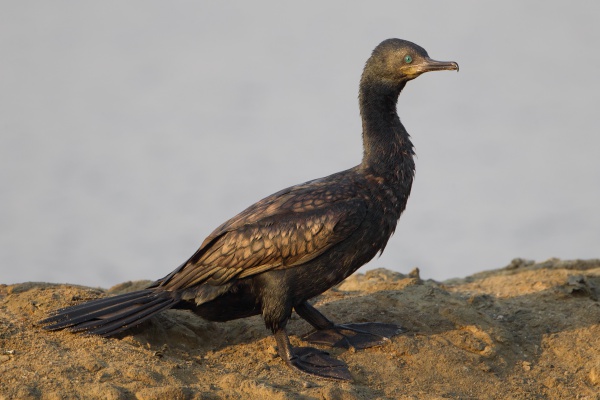Facts About Indian cormorant
The Indian cormorant, also known as the Indian shag, is an intriguing bird native to the Indian Subcontinent. One can observe them from the Sindh region in the west to Thailand and Cambodia in the east. These social birds are distinguishable from their close relative, the little cormorant, by their striking blue eyes, small heads with gently sloping foreheads, and long, narrow bills with hooked tips.
The Indian cormorant is a medium-sized bird with a distinctive bronze-brown plumage accented with black scalloping on its upper feathers. Unlike some other cormorants, it lacks a crest. During the breeding season, it develops a short white ear tuft, whereas non-breeding adults and juveniles tend to be browner in color.
Indian cormorants are often found fishing in inland rivers, large wetlands, estuaries, and mangroves throughout peninsular India and northern Sri Lanka. They breed in mixed-species colonies and extend their range to the northeast, including Assam, and further east to Thailand, Burma, and Cambodia.
Their breeding season is influenced by rainfall and water conditions, spanning from July to February. Typically, they build nests on partially submerged trees or islands, often in proximity to other bird colonies. A standard clutch contains three to five bluish-green eggs. Renowned for their brief dives to catch fish, Indian cormorants often fish in groups, highlighting their communal nature.

 Thailand
Thailand